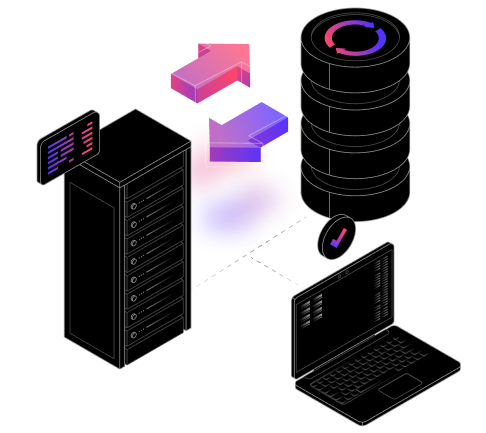Disaster Recovery
What is Disaster Recovery?
In the event of a disruption, such as a natural disaster or ransomware attack, the primary site is assumed to be unrecoverable for some time. Disaster recovery is the set of tools and policies that ensures the continuation of business following the disruptive events by restoring data and services in a secondary site (off-premises location).
COVID-19 pandemic has also shown that companies need to make plans beyond technology, supporting employees to work and communicate outside the traditional office.


Replication
Replication is the act of copying and moving data between primary and secondary sites. The aim of such practice is to ensure business continuity after an outage or corruption. The 2 main concepts in replication are the Recovery Time Objectives (RTO) and Recovery Point Objectives (RPO).
Replication is typically used for mission-critical applications that cannot afford to be down. During an outage, the functions in the primary site will “swing” over to the secondary site to continue business operations therefore there is a need to invest in another infrastructure.
Recovery Point Objective (RPO)
Limits how far to roll back in time and defines the maximum allowable amount of lost data measured in time from a failure occurrence to the last valid backup.
Recovery Time Objective (RTO)
How long it takes to restore from the incident until normal operations are available to users.
Off Site Backup
Many people use backup and replication interchangeably but they are not the same thing and it is important to know the critical differences when picking which technology to use.
Backup involves making copies of data and saving them offsite to prevent data loss when the original is corrupted. These copies are snapshots made at specific points in time and focus on granular recovery with long-term archival records in mind. Backup does not require investment in another infrastructure, just enough physical tapes and a place to archive the tapes.

